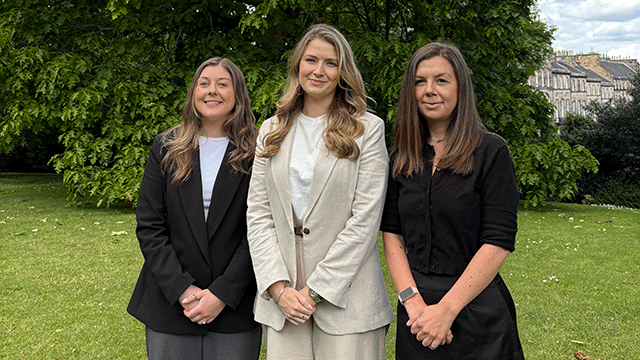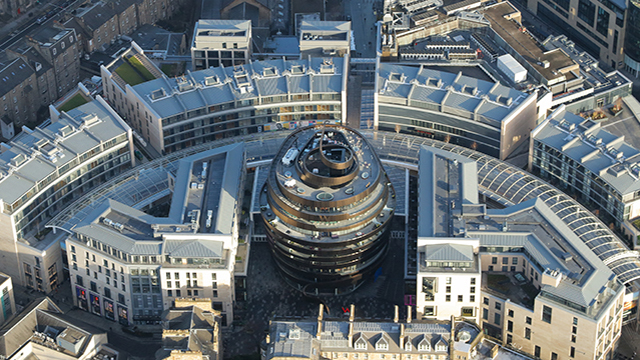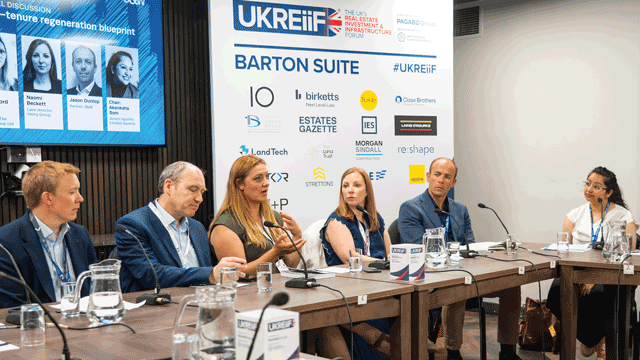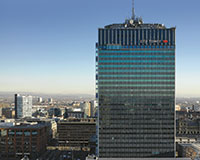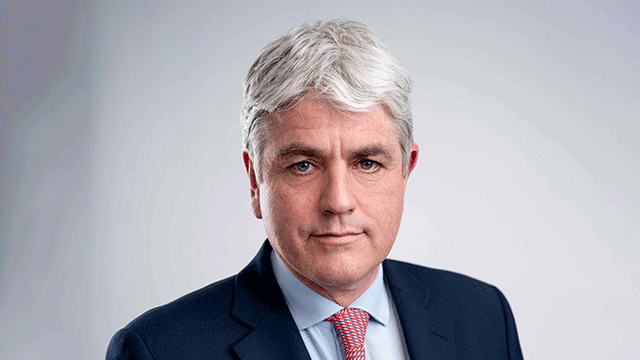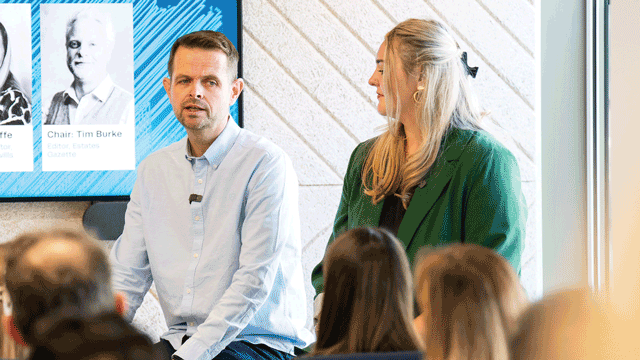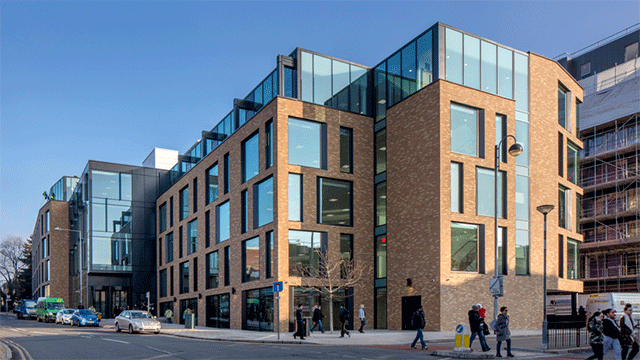What if the North West could be granted five wishes to help it become a useful economic counterweight to London? As Manchester leads the way to greater regional autonomy within the UK, David Thame asks a panel of forward-thinking minds for their ideas on what the region needs next.
 A PLAN
A PLAN
What the North West needs most is a plan. So says John Barker, partner at Liverpool-based agency Hitchcock Wright & Partners.
“Look around Liverpool and there’s a lot of progress,” he says. “But there’s still a huge amount of land we need to sort out, there’s congestion onto the M57 and transport links need attention. And why don’t we have a good railhead to the port?”
Barker adds that if the North West is to become a counterbalance to London, it needs a much more co-ordinated effort.
“London retained its historic role as a financial powerhouse. Lancashire lost its manufacturing centre, and Liverpool lost its role as the shipping point for all the goods. We need to recover that, which means a collective plan for the North West, not just a plan for Manchester to nick back all the jobs, or one written by a prominent locally based developer saying what it is going to do is for the good of the North West when it is actually for the good of that prominent locally based developer.
“We need something that goes beyond the boundaries of the region’s metropolitan areas, an economic plan for the next five or 10 years, because we can’t have the kind of northern economic powerhouse the government says it wants without a plan.”
The last region-wide economic plan was published in 2006 under the auspices of the now-defunct North West Development Agency. There is not (yet) any mechanism for producing an updated North West plan.
 POWER
POWER
What the North West lacks is power, says Patrick Joynson, regional managing partner at Savills.
He doesn’t just mean power over local services and decisions – although he welcomes it – but national power. Real power, close-up, of the kind that London has. He says: “We need Westminster to move to the North West, or at least a revised House of Lords to come to Manchester. It would do London a favour by freeing up millions of sq ft that could be filled with banks, and bring some real power to Manchester.”
Joynson says these are “just the musings of a Manchester agent”. But the idea could become reality. Next summer will see the publication of an official inquiry into where to shift parliament during a forthcoming five-year refurbishment of the crumbling Palace of Westminster. Manchester MP Graham Stringer has called for Manchester to make a bid to host parliament – or at least part of it. The city council is investigating the proposal.
In the meantime, in the wake of the 3 November announcement regarding enhanced powers for the Greater Manchester Combined Authority, more power for the Manchester city region feels like a good move.
“The ability to raise bonds to pay for local infrastructure, maybe a change in the tax law to allow us to compete with Dublin on corporation tax – there are lots of possibilities. Nobody knows better how to run this region than the people who live here. It could be done better and more efficiently,” he says.
 A BIG TOY SHOP
A BIG TOY SHOP
This Christmas you will struggle to find a big toy shop in Manchester city centre.
Hamley’s, the London toy retailer whose famous Regent Street store is synonymous with childhood fun, opened a 6,000 sq ft concession in the Kendals department store in 2007, only to close it in 2009.
Its in-and-out followed the arrival in 1997 and departure in 2007 of Daisy & Tom, the upmarket toy chain founded by bookstore guru Tim Waterstone.
Today Hamley’s operates from the Trafford Centre, where it has the 16,000 sq ft former JJB Sports unit. The move, agreed in 2013, was a bitter blow for the city centre.
It is one of a series of names missing from the city centre, of which John Lewis is the most conspicuous.
Simon Binns, head of the Manchester business improvement district, says this is the kind of retail gap that needs to be filled. “Manchester has everything except a beach, as a man once said, and at the BID our party line is to say what we do have, not what we don’t. John Lewis gets mentioned but in fact we are well served by department stores. That said, it was a big disappointment to see Hamley’s go to the Trafford Centre because a big toy shop would do well in the city centre,” says Binns.
Plugging gaps like this is part of a wider effort to sell Manchester as a major out-of-London retail destination for UK shoppers as well as overseas visitors.
Data published this summer by the Office for National Statistics shows there is plenty of scope for additional income from tourist spend. Overseas visitors spent nearly £408m on their overnight stays in Manchester in 2013, higher than any other English city. Spending by overseas visitors in the UK rose by 12.7% in 2013.
 A TECH HUB
A TECH HUB
The North West needs a tech hub that can rival London’s Silicon Roundabout.
Manchester, not London, ought to have been leading the digital revolution. One of the world’s first proper computers – the Manchester Mark 1 – started to churn in 1949, and the city has remained at the cutting edge ever since. Today the Northern Quarter – the TechHub at Carvers Warehouse and the Sharp Project in Ancoats – provide the kind of floorspace tech start-ups like, while the ever-expanding Manchester Science Park now claims more than 150 science and tech occupiers.
But more could be done, says Chris Darroch, fund director at Hermes Real Estate, which is a long-term and large-scale investor in the North West and now backs the Co-operative Group’s £800m NOMA development close to Manchester’s Victoria Station.
Says Darroch: “The North West could benefit from the creation of a viable alternative to London’s Silicon Roundabout that would attract tech companies and a wider talent pool to a focal point outside the South East, improving the infrastructure and nurturing associated industries.
“We are working to develop the NOMA site in Manchester with The Co-operative Group, which is regenerating a city centre location with flexible and creative office space.”
 PEOPLE
PEOPLE
The North West’s cities need more people – lots and lots of them.
The City of Manchester – not to be confused with the much larger Greater Manchester – is already growing very fast, thanks to a growing fondness for city living. Data released this summer by the city council showed that by mid-2013 Manchester’s population had reached 514,000, with projections showing an increase to 543,100 by 2021. Both figures far surpass the council’s 2015 target of 480,000. Between 2001 and 2013 Manchester grew at an average annual rate of 1.6%, more than twice the average for England as a whole.
Mike Hawkins, director at Colliers International, thinks even more people need to come to live within the city’s boundaries, rather than in the leafy suburbs of Cheshire or the commuter belts of Lancashire.
“When I came to Manchester in 1998 there was just one place to eat in after dark, Pizza Hut, and two accents, Manchester and Salford. Or it felt like that. Today you can walk across Albert Square and hear 20 accents,” he says.
“The strength of a city is its resident population, not the people who commute into it in the morning and leave in the evening. From that, everything else grows – art, culture, restaurants, all the good things in life.”




